There are natural events in our lives that our bodies just react to. The body processes in stages and recognizable progressions, and there are usually signs that something is happening.
There are stages to death that doctors believe you can recognize as the “dying process” that people can notice before their time comes.
Understanding the Death Process
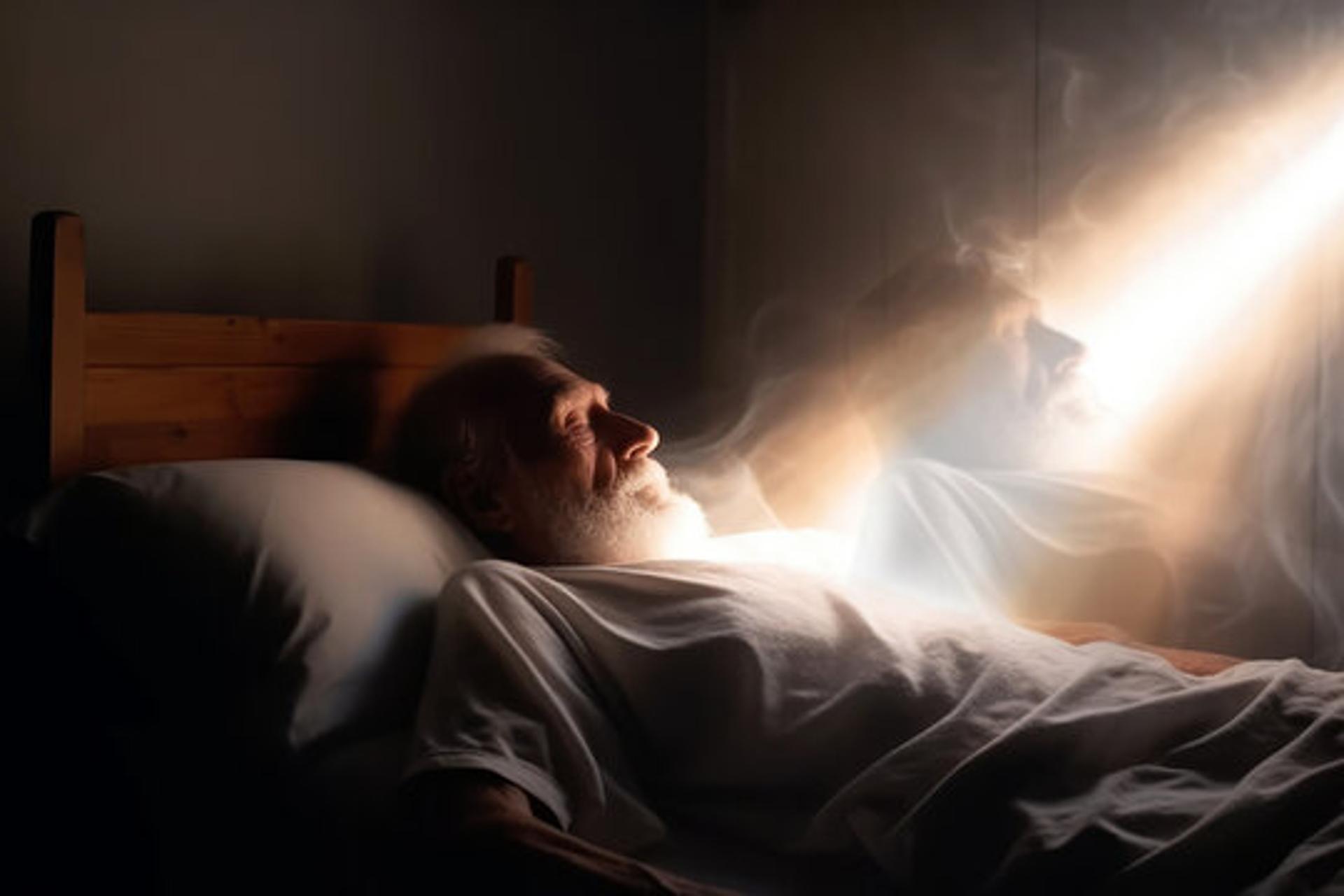
Dr. Kathryn Mannix, who worked in palliative care for 30 years, breaks down the final moments of our lives in her new animated short film, “Dying for Beginners.”
The short film attempts to explain the dying process to tackle the fears that many people have surrounding the end of their lives.
Not a Frightening State to Be In

Mannix says, “It’s not a frightening mental state to be in” when people think of death. Instead, she says it is “a state of not knowing anything.”
There are a number of steps the body goes through as it begins to naturally shut down. The first starts with sleep.
Sleep Changes
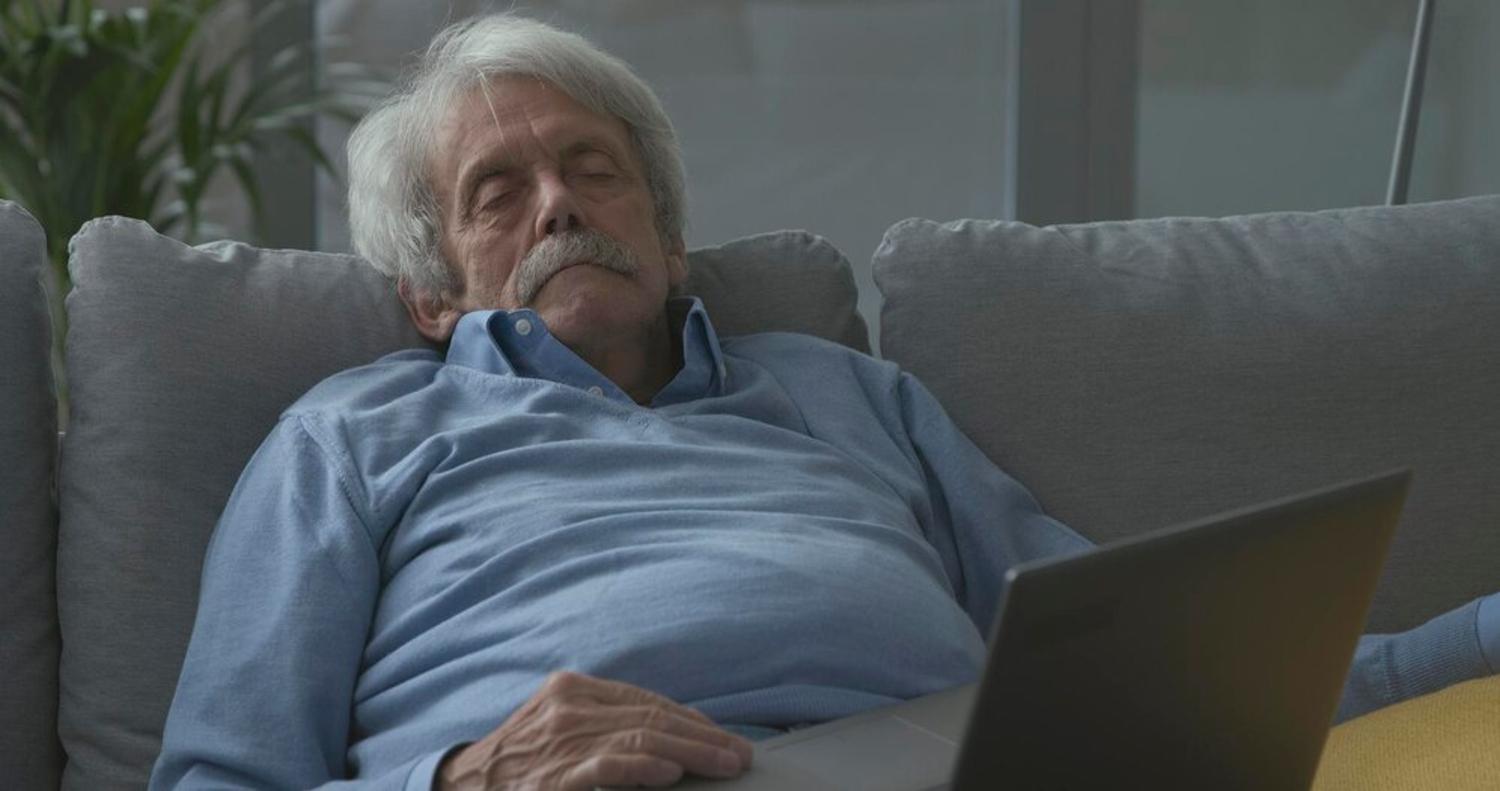
Sleep is usually how we recharge our energy and can be a part of recovery. But at the end of life, sleep gradually makes less impact as the body winds down. This is why most dying people lack energy all of the time.
“The first thing that’s noticeable is just that the body starts to run out of energy, almost like when you’ve got an old mobile phone and the battery won’t stay charged,” Mannix says.
Drifting into Unconsciousness

A dying person spends progressively less time awake, sleep gradually becomes something else. A person who is dying is dipping into unconsciousness for increasing periods.
When they wake, people report that they have slept peacefully, and do not have any sense of having been unconscious. “‘And gradually people become not just asleep but unconscious. Now they don’t recognize the difference,” Mannix said.
The Body Shuts Down

In your final moments, the heart starts to beat less strongly, blood pressure begins to fall, and the skin cools down.
As the internal organs start to function less and blood pressure drops, the body starts to slowly shut down. This could lead the person to feel restlessness or moments of confusion as they gradually deepen into unconsciousness.
Breathing Patterns Change
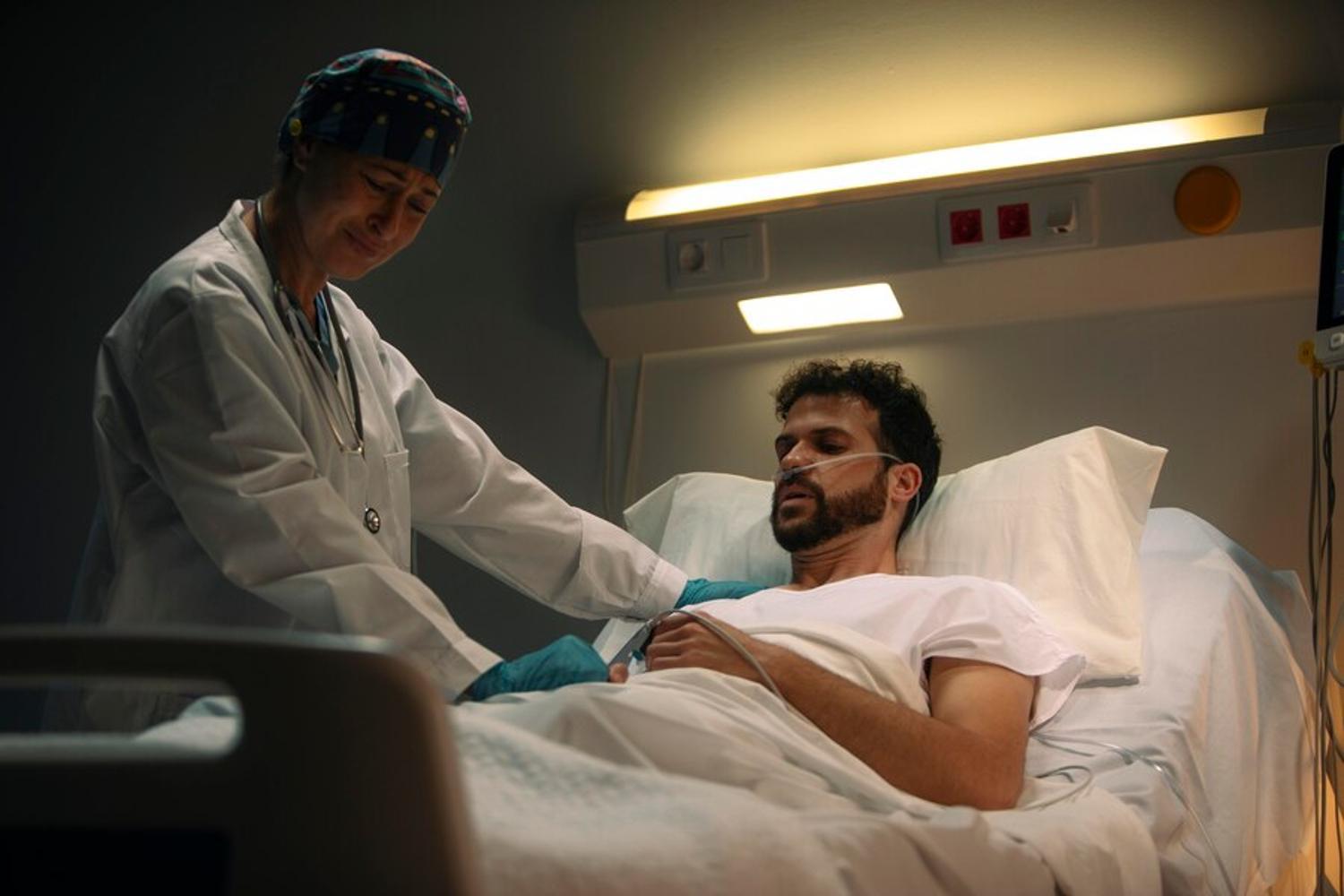
Unconscious people’s breathing follows automatic patterns generated by the respiratory center in the brain stem.
When people are near death, they are unaware of their mouth and throat. They may begin breathing heavily, noisily, or through saliva in the back of the throat. But don’t worry. This does not mean that the person is in distress.
The Death Rattle
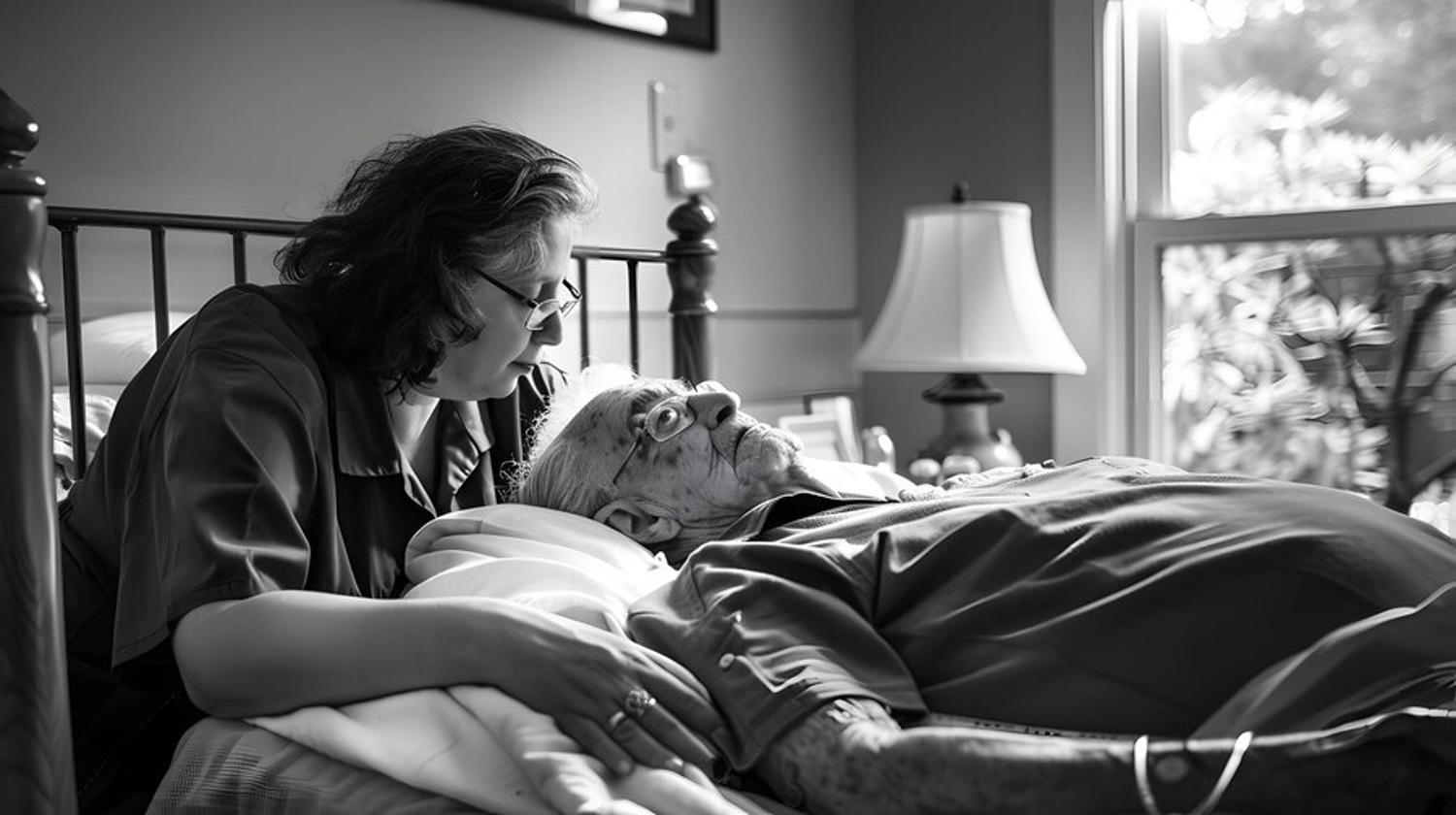
As death approaches, breathing becomes shallow and moves in cycles of fast to slow. This is what is known as the “death rattle.”
While the sound can be distressing to the living, Mannix says, “The brain runs reflex breathing patterns that move backward and forwards between quite deep breathing that gradually becomes more shallow.”
An Uncomfortable Sound
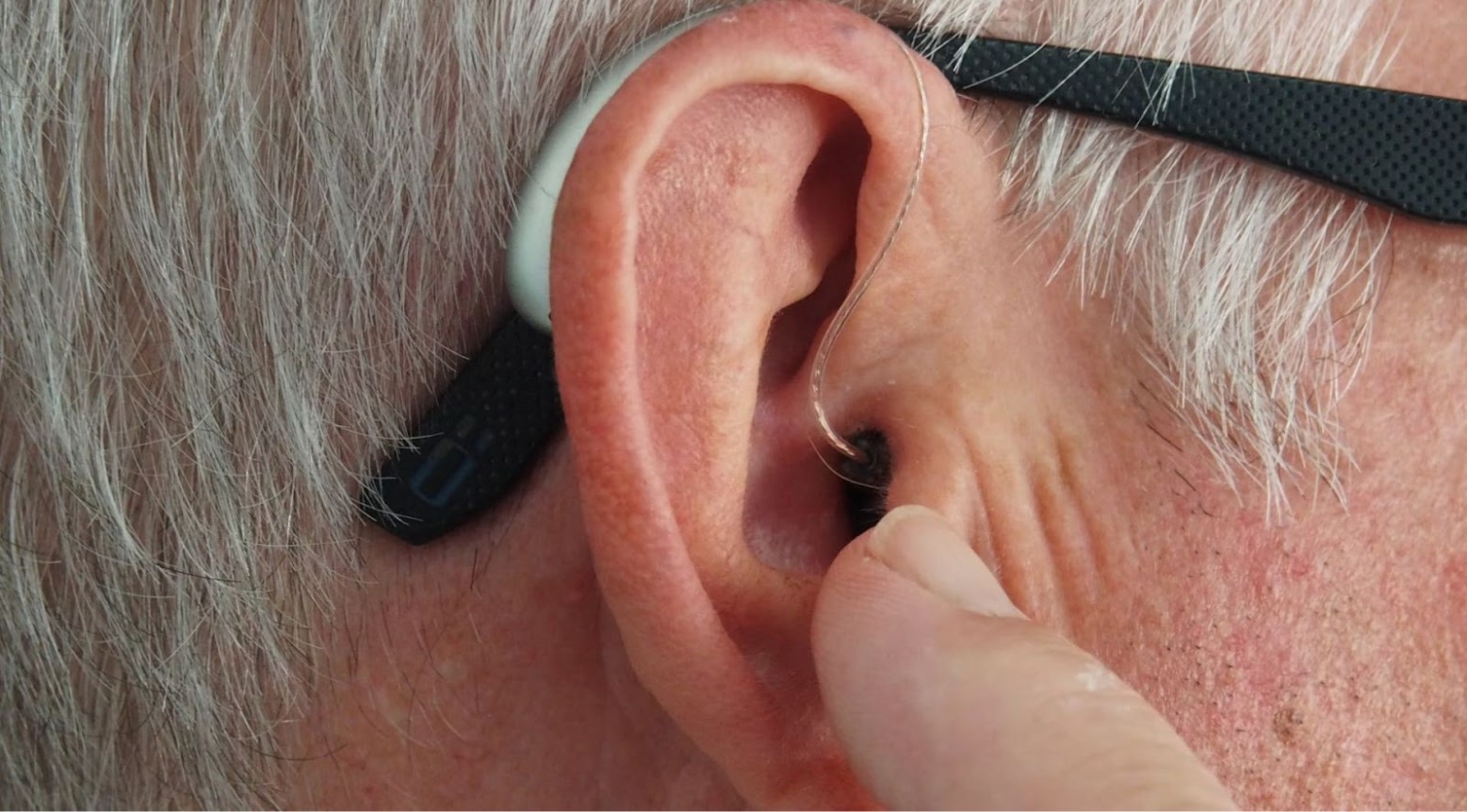
Mannix said that this can be a bit uncomfortable for people who have never heard the sound before. But she says not to worry about it.
Mannix said, “Now if you haven’t seen that before, you might think that the person who is breathing, perhaps fast but shallow, is struggling to breathe or is panting or is uncomfortable.”
The Final Breath
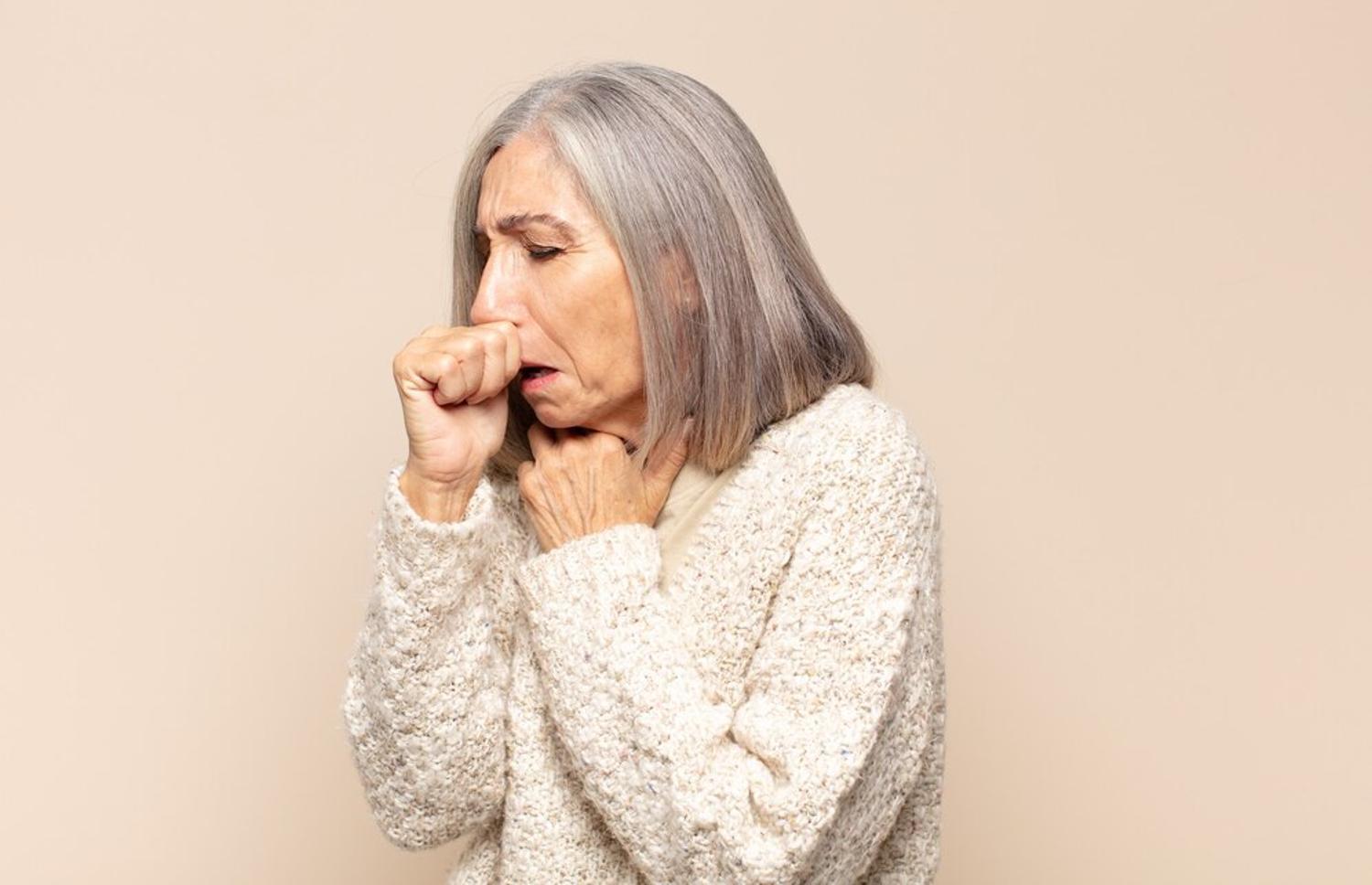
Eventually, the breathing becomes very shallow until there is a pause. This is the last moment before a person releases their final breath. “There will be a breath out that just doesn’t have another breath in after it, which is not at all what Hollywood has led us all to expect,” Mannix said.
A few minutes later, the heart will stop beating because of the lack of oxygen.
Taking the Fear Away

Mannix believes that knowing the facts may not make a person’s death less sad, but she hopes that it makes the experience less scary for people.
“To take away the fear, I think is the mission I’m on,” she added.
The Natural Process of Life
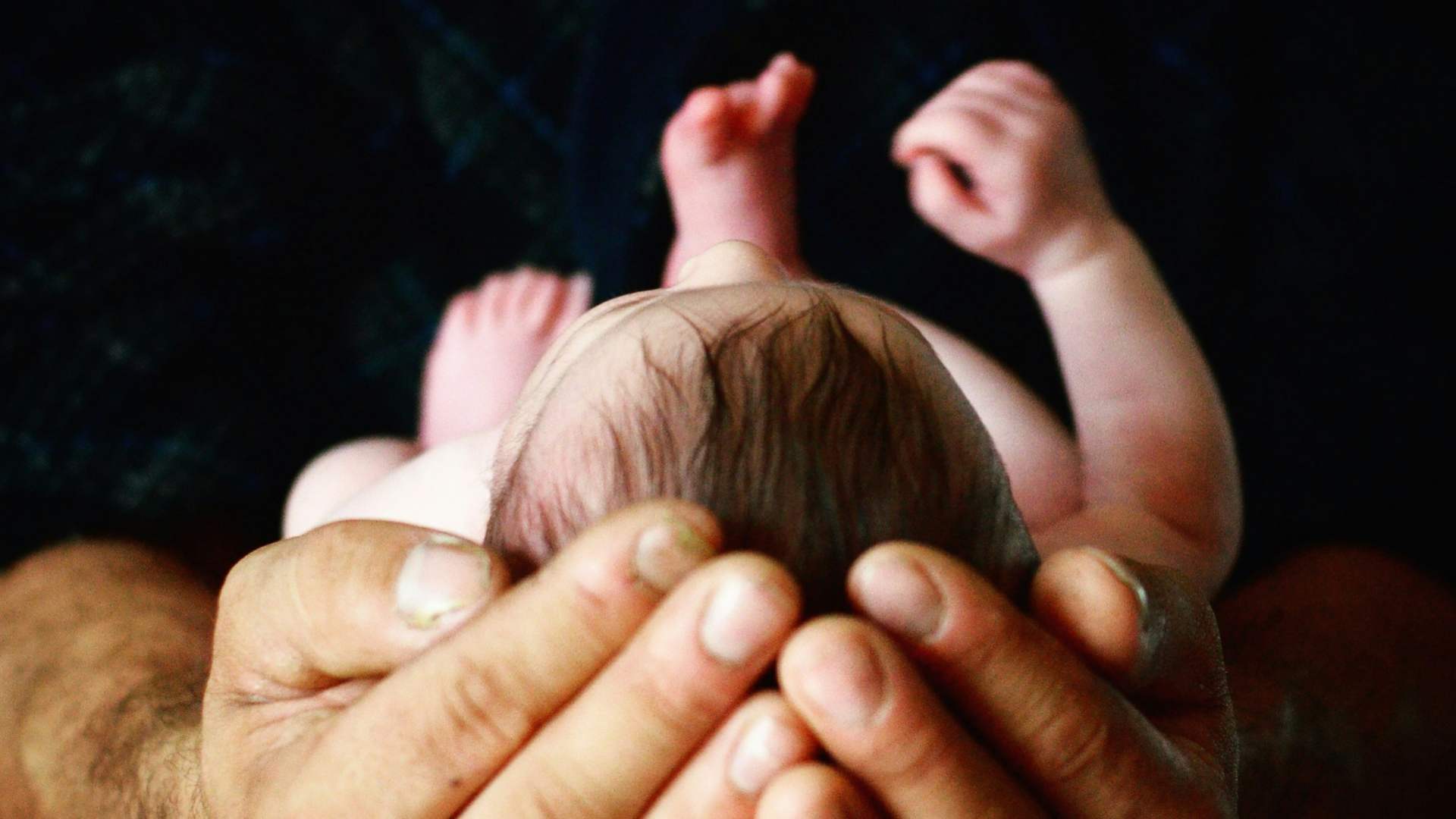
Dying is a natural process because it is an integral part of the life cycle of all living organisms. It is essential for the ongoing balance and sustainability of life on Earth.
Again, losing loved ones can be a difficult process for almost all people. While there are ways to make the pain more bearable, it is important to understand death is natural.








































